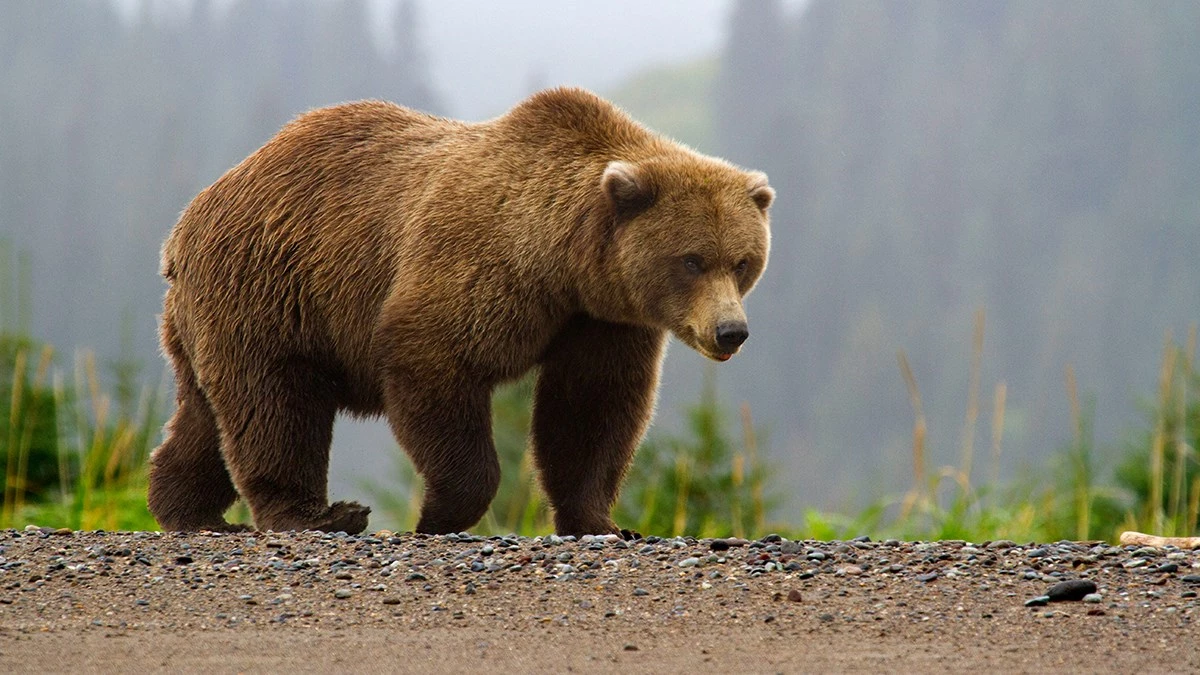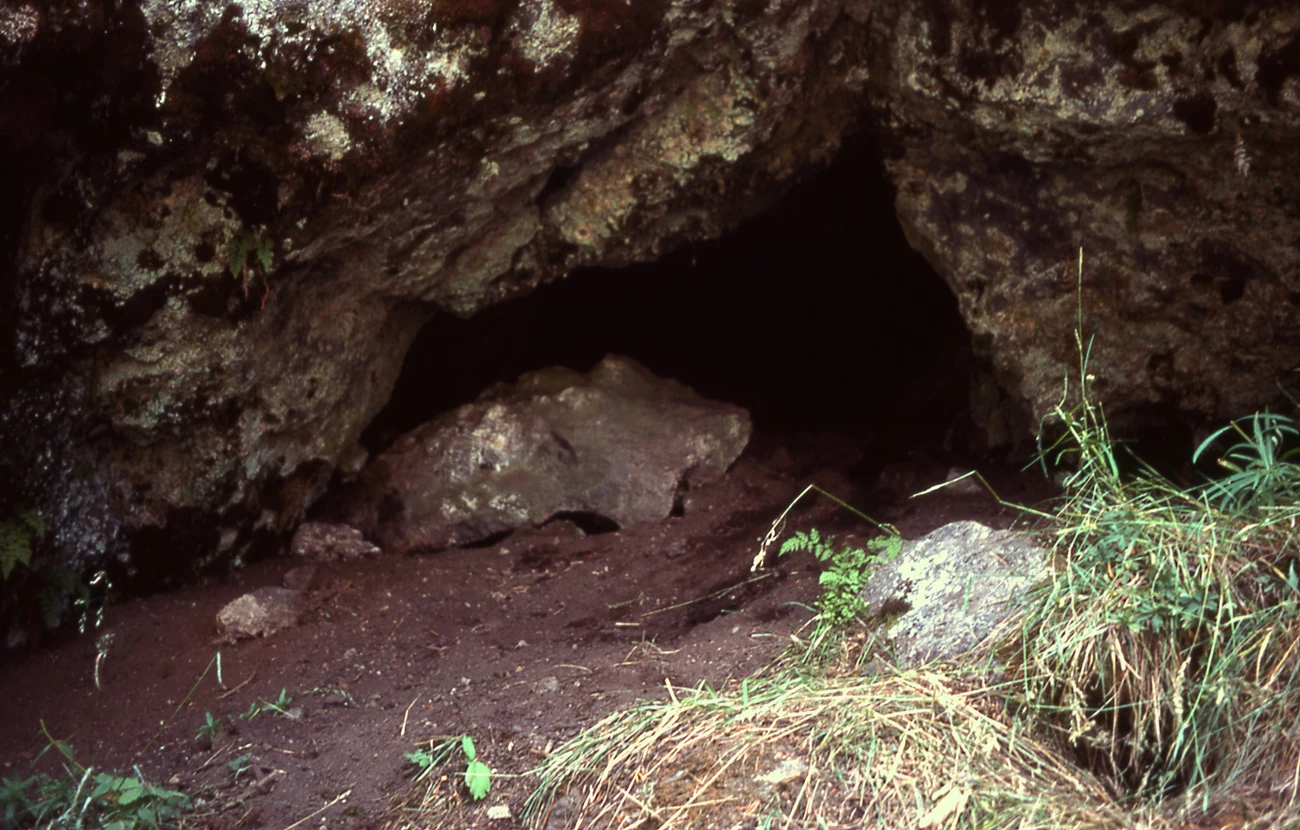Last updated: April 13, 2018
Article
When Bears Prepare For Winter

NPS Photo / Kevyn Jalone
As the summer season ends, the air becomes crisp, leaves change and fall from trees, and bears become more active. They’re on the hunt for food. During the fall months, bears eat and drink nearly nonstop. They need to put on weight to prepare for winter and hibernation. This process is called hyperphagia.
During hyperphagia, bears are very active and many visitors have a chance to see them in action. But do not feed the bears! Bears that eat human food can lose their preference for natural food sources and their fear of humans. Make sure to always practice bear safety when storing food.
Hibernation

NPS Photo / Harlan Kredit
Most bears hibernate or den during the winter months. The length of denning depends on location, and can vary from a few days or weeks to a few months or more.
Bears make their dens in hollow trees or logs, under the root mass of a tree, in rock crevices, or even high in a tree in warmer climates. During their slumber, bears’ bodies drop in body temperature, pulse rate, and respiration. Their bodies use the fat they stored in summer and fall as energy.
Pregnant bears will give birth to their cubs in the den, most likely within the first two months of hibernation. The family will remain in the den for the duration of winter while the mother sleeps and the cubs nurse and grow. In the spring, when the snow begins to melt, the bears will wake up and emerge from their den in search of food again.
When we visit a park with bears, we are entering their home. As guests, proper behavior and etiquette on our part can contribute to a safe and enjoyable visit for us as our hosts. The National Park Service encourages you to learn more about bears in parks.
